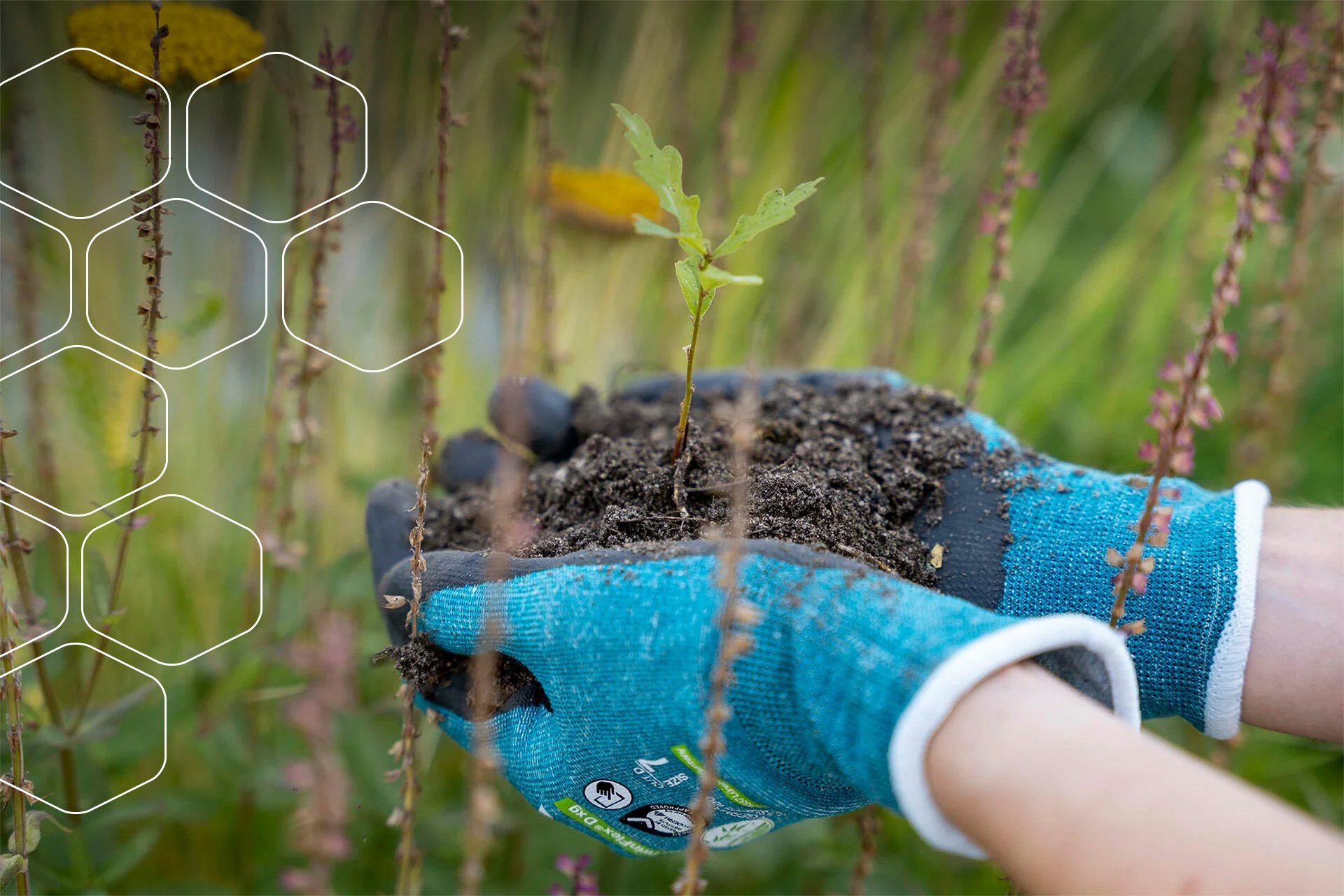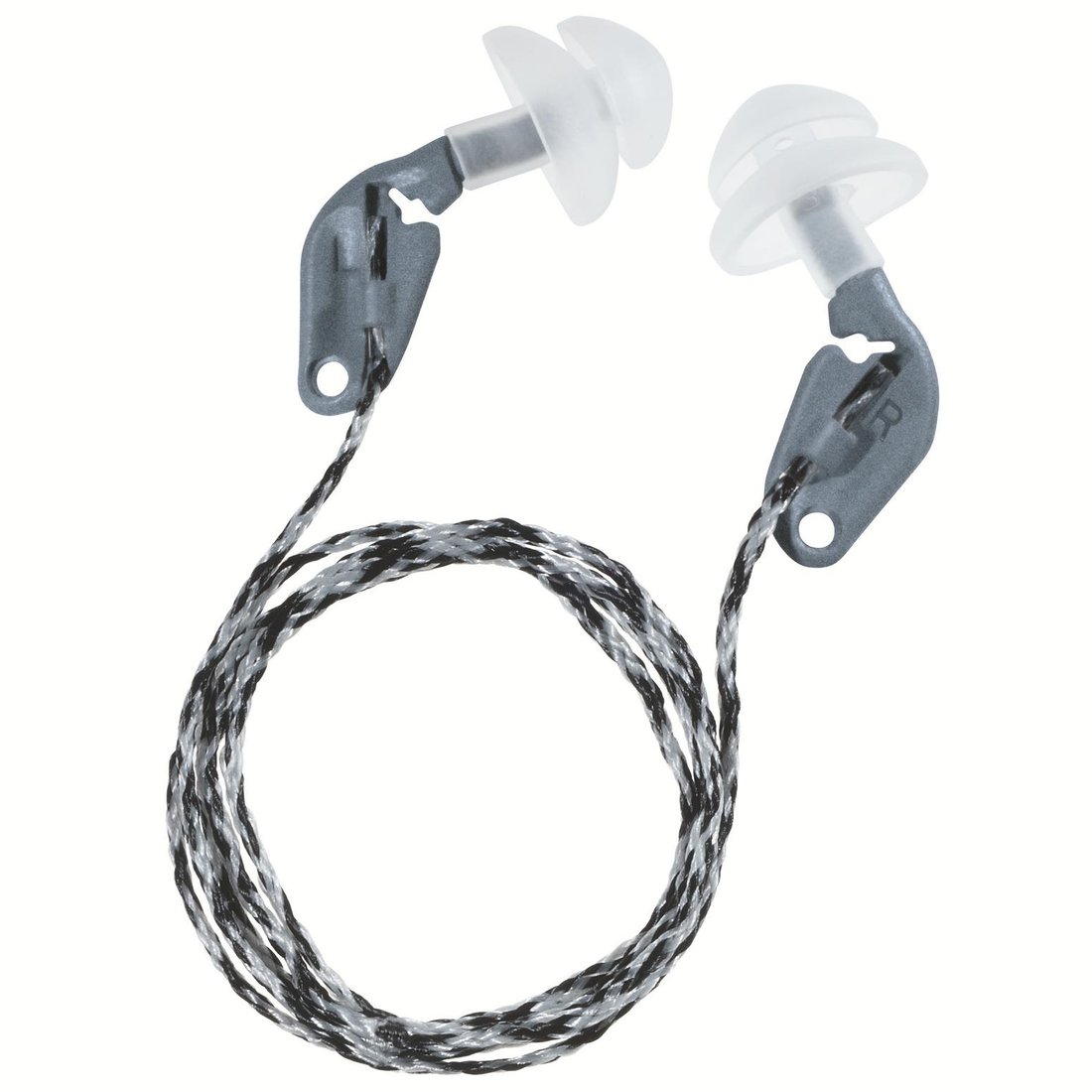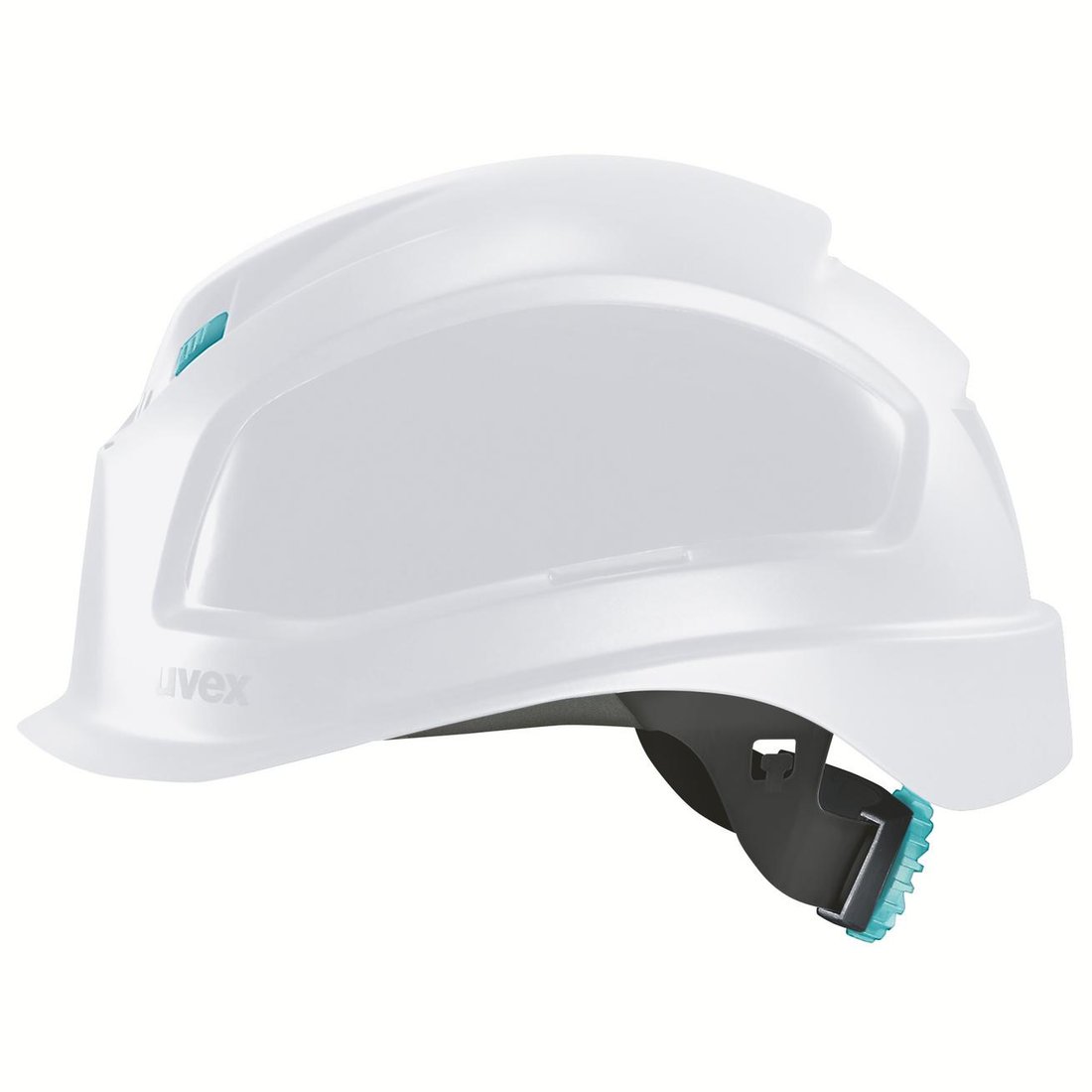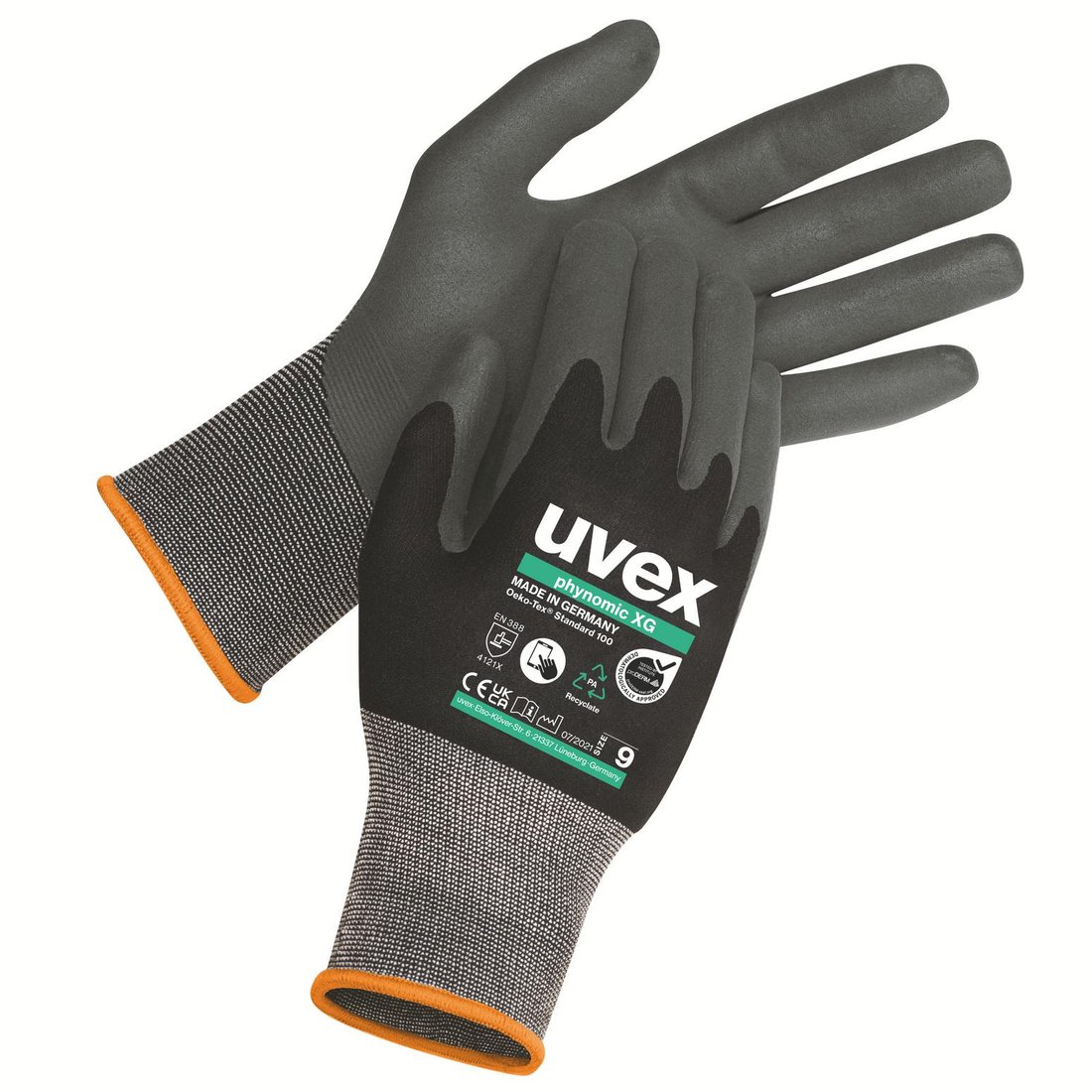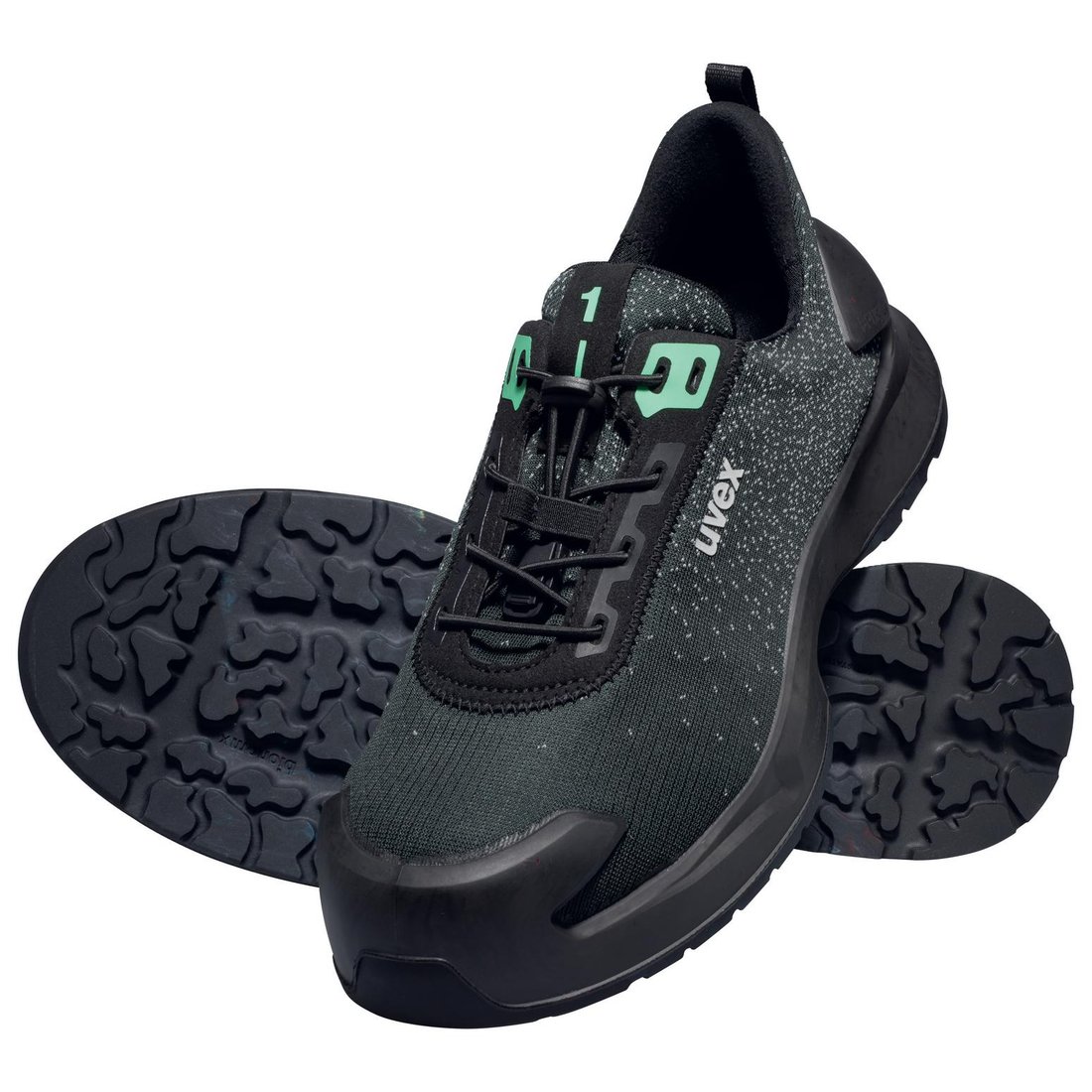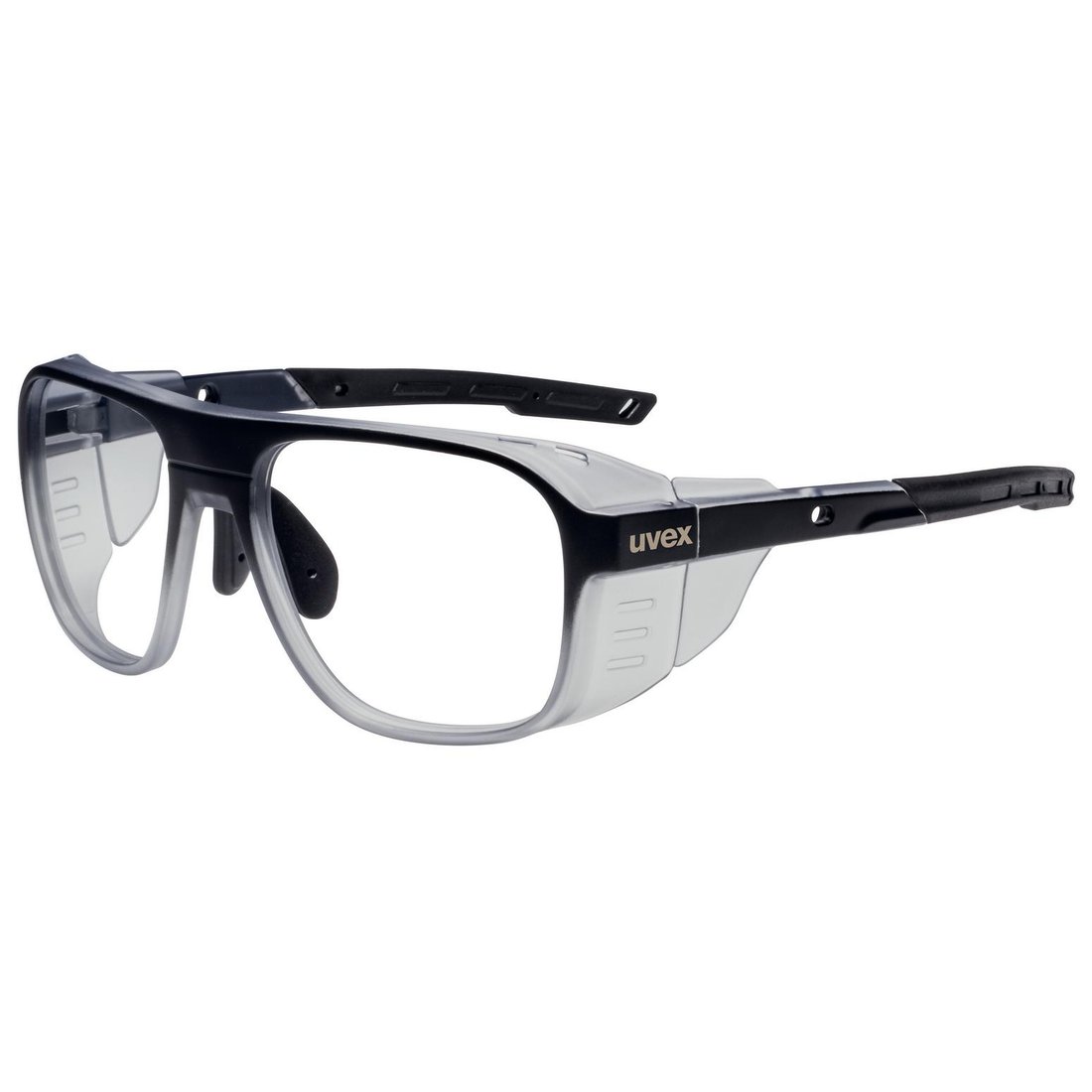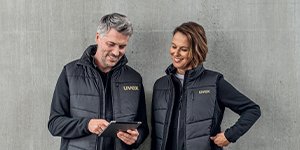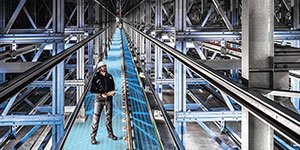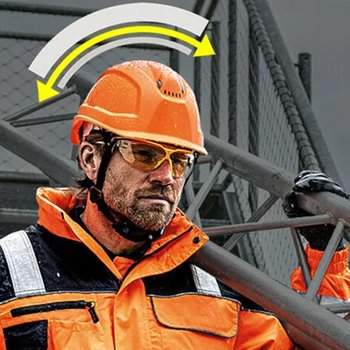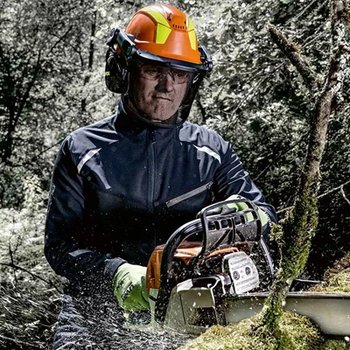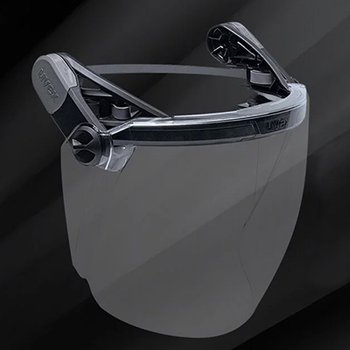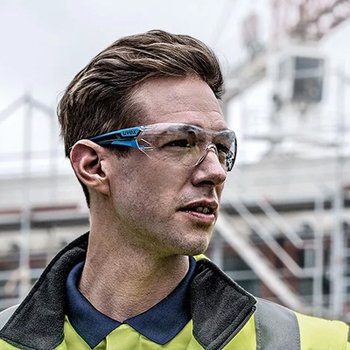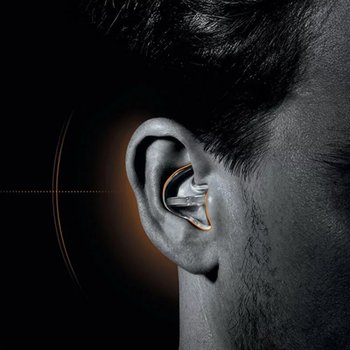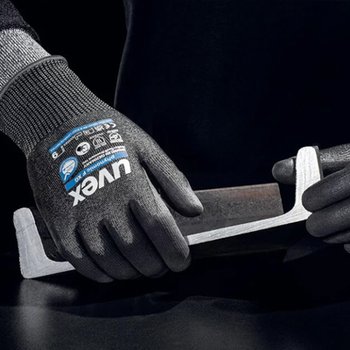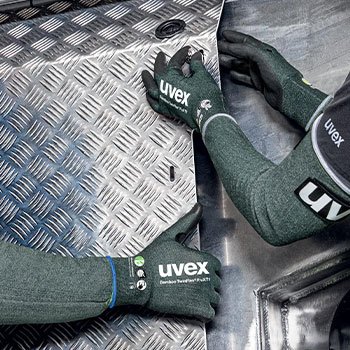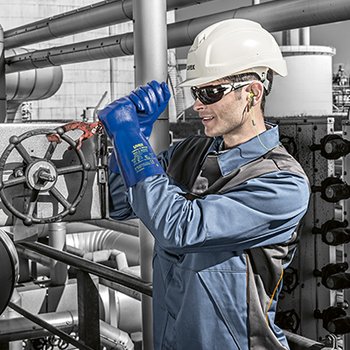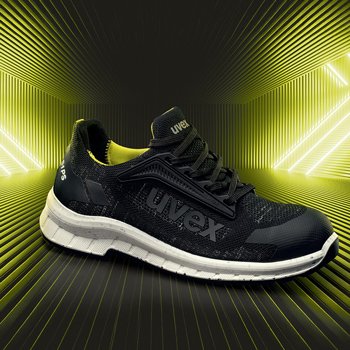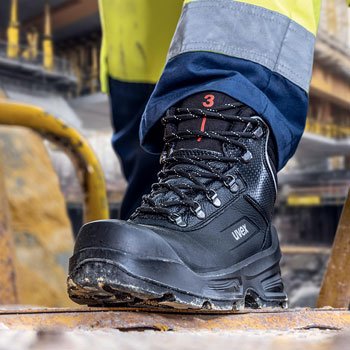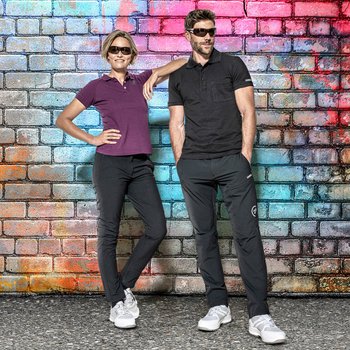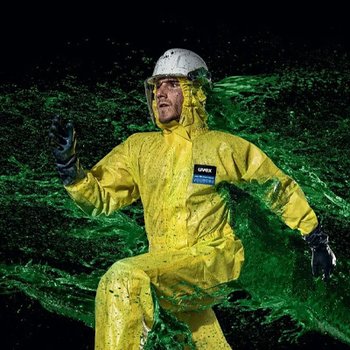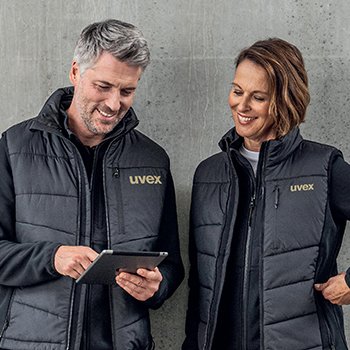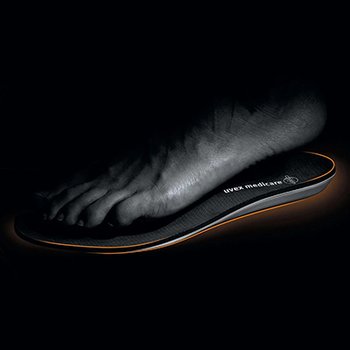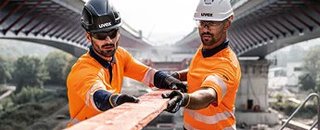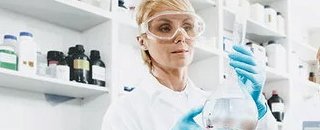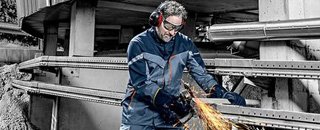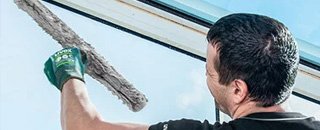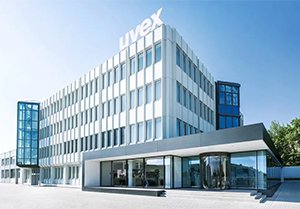Sustainability in our products
We actively embrace social and technological change, continuously optimizing all our products, ensuring we remain at the forefront of sustainability.
All our product groups include products that have been developed with a particular focus on sustainability.
The sustainability measures for the individual product groups are outlined in the brochure "Sustainability at uvex safety".
4 hexagons
Increased transparency about the product
Our new labelling system makes it easy to quickly identify environmentally relevant product characteristics. With this system, you can see at a glance which aspects of the product design actively contribute to the reduction of CO2, resource conservation and a circular economy — clearly, comprehensibly and with direct focus on the product.

CO2 Footprint
For products marked with this symbol, we calculated the CO2 footprint along the value creation chain using the method set out in the ISO 14067 standard. In this way, the emissions of our products can be measured, compared and specifically reduced.
Calculation method: IPCC 2021 GWP100 (based on ISO 14067); SimaPro with ecoinvent database; Scope: Cradle-to-Customer; The CO2 values provided were valid at the time of calculation and may be subject to change due to database or methodology updates.

Materials
Products featuring this symbol contain innovative materials, such as bio-based materials, materials that can be composted at home or recycled materials. Recycled materials covers both post-consumer recycling materials (PCR) and post-industrial recycling materials (PIR).

Packaging
Products with this symbol feature more environmentally friendly packaging. For example, this can be packaging that is either 100 % recycled or can be composted at home, or packaging may not be required at all..

Circularity
Products with this symbol actively support the objectives of the circular economy. For example, these products are designed to last for a particularly long time, are recyclable, are intended to be used a second time or can be repaired.
Product examples from head to toe
uvex hypervision planet

Carbon footprint*:
0,88 kg CO2e (06/2025)

Recycled content:
Product consists of 24 % recycled materials (according to ISO 14067)
(Frame: consists of 35 % post-industrial recycled material (PIR))
Bio-based content:
Cellulose acetate lens consists of 42 % bio-based material

Easy to repair:
Replacement lenses available
* Information: Values are rounded to two decimal places • Calculation of transport: Transport of the product incl. sales surcharge of the product group - Calculation method: IPCC 2021 GWP 100a (based on ISO 14067) SimaPro with corresponding databases. These CO2 values are valid at the time of calculation and may be subject to change. • Scope: cradle-to-customer • Unit: kg CO2e
** Mass balancing is a bookkeeping method that is used to record and track the mass flows of plastics, for example, along the entire value creation chain. In the manufacturing process, some fossil-based raw materials are replaced by more sustainable alternatives, for example through the use of biomass or recycled raw materials. The mass balancing approach enables manufacturers to verify the use of bio-based raw materials or recycled materials within a balance sheet period and to mathematically allocate the bio-based or recycled content to a proportion of the plastics produced, resulting in a material with a significantly lower carbon footprint. However, the exact proportion of bio-based or recycled materials in the end product can no longer be precisely determined.
At uvex, mass-balanced material is used, for example, in the lenses of the planet models, enabling a significant reduction in their carbon footprint. By purchasing mass-balanced polycarbonate, uvex is helping to replace fossil-based raw materials with bio-based materials.
